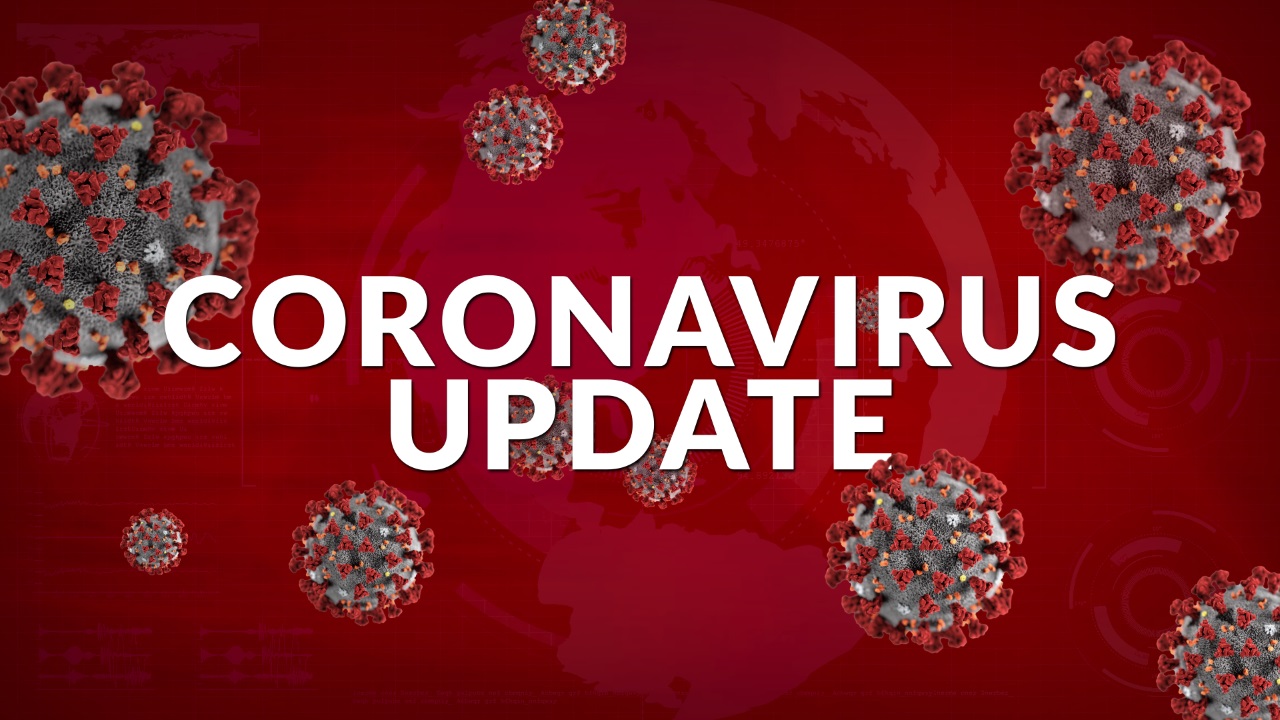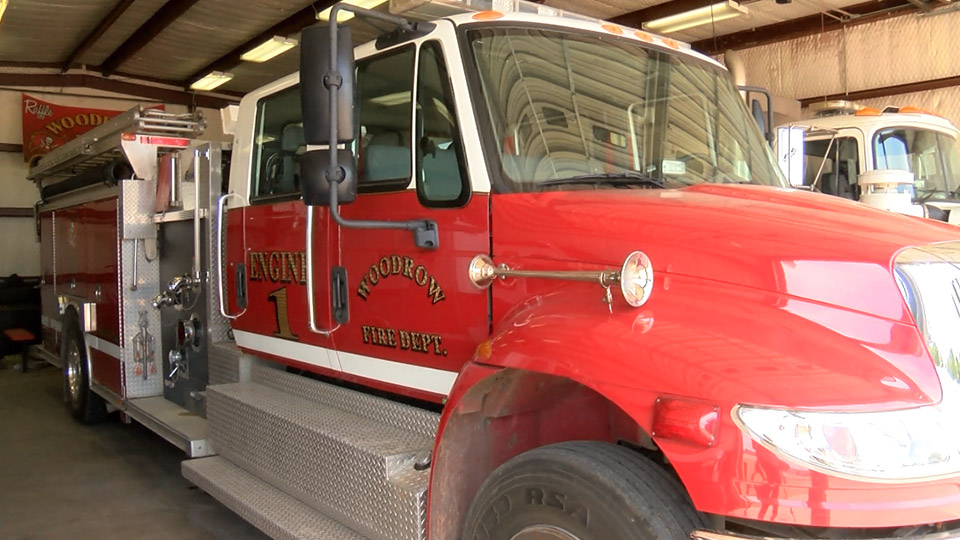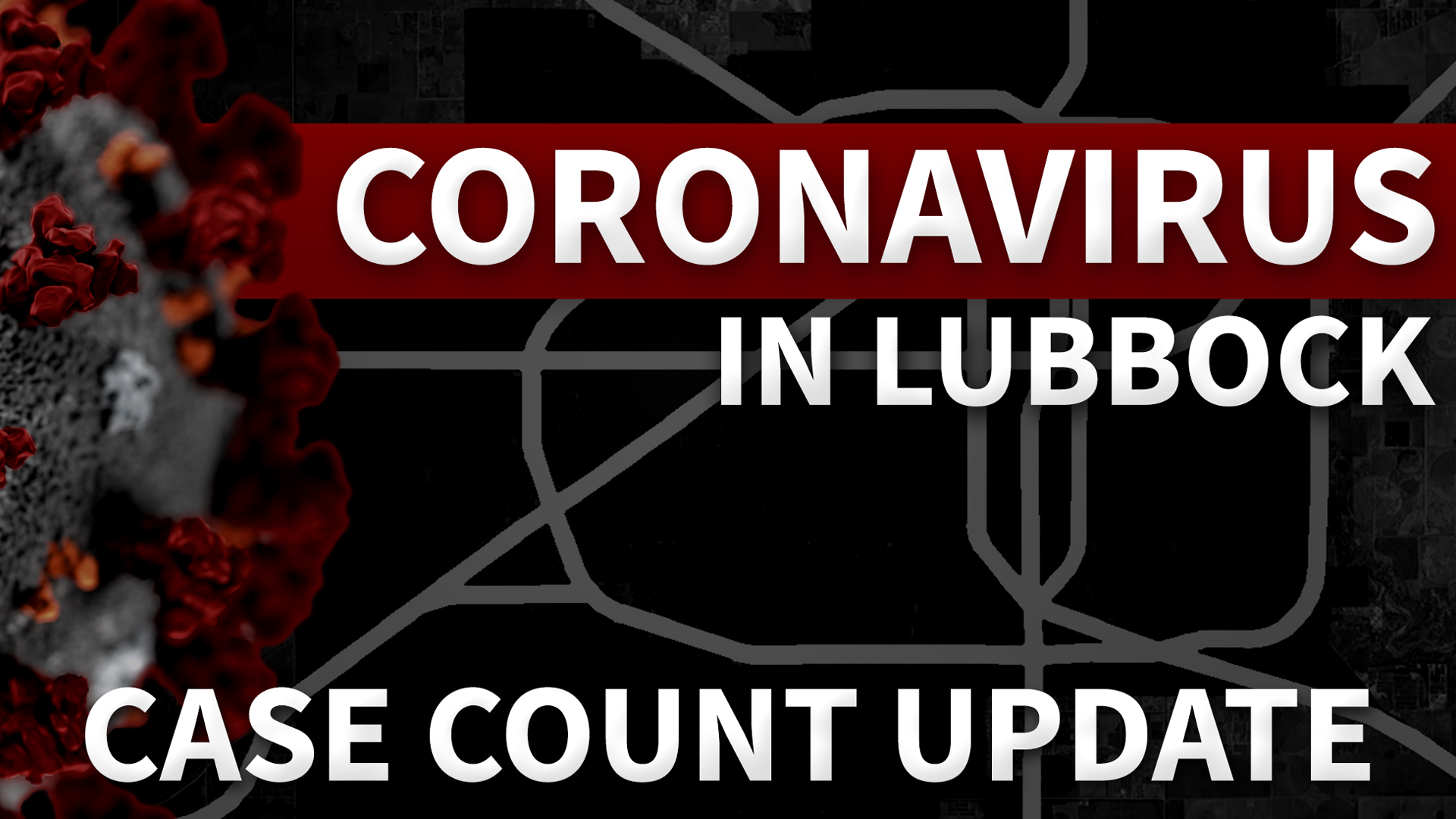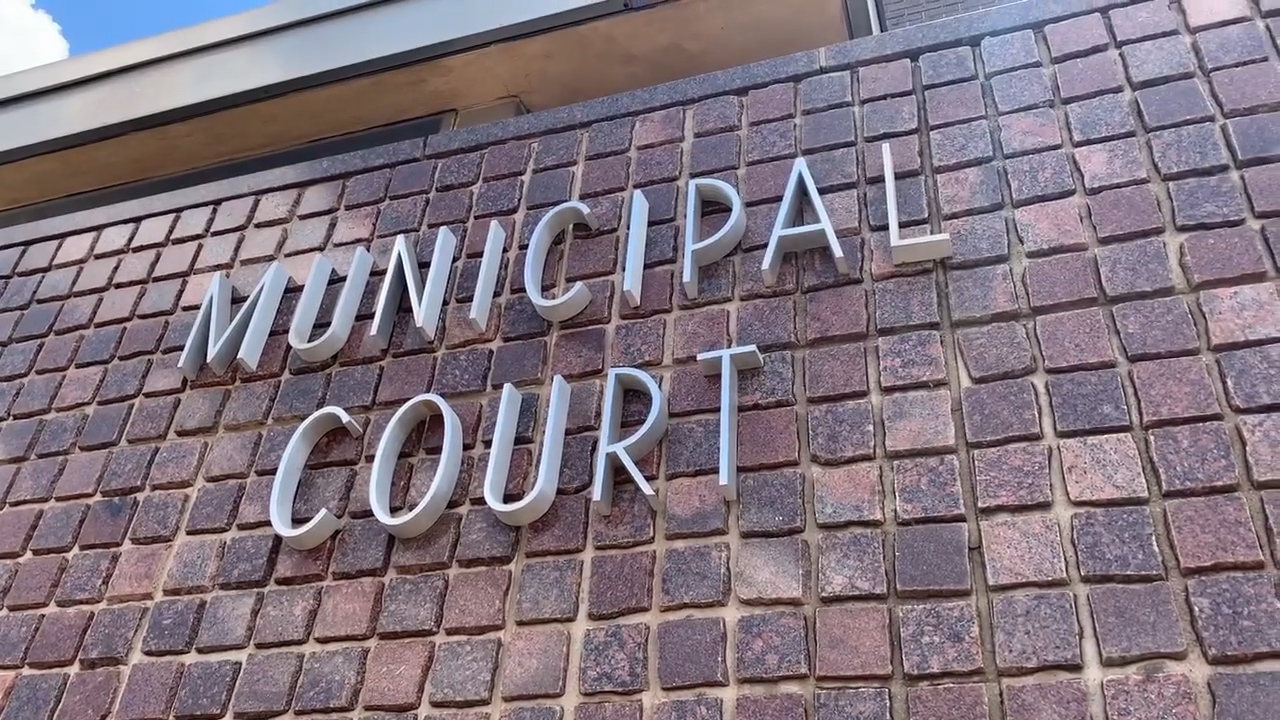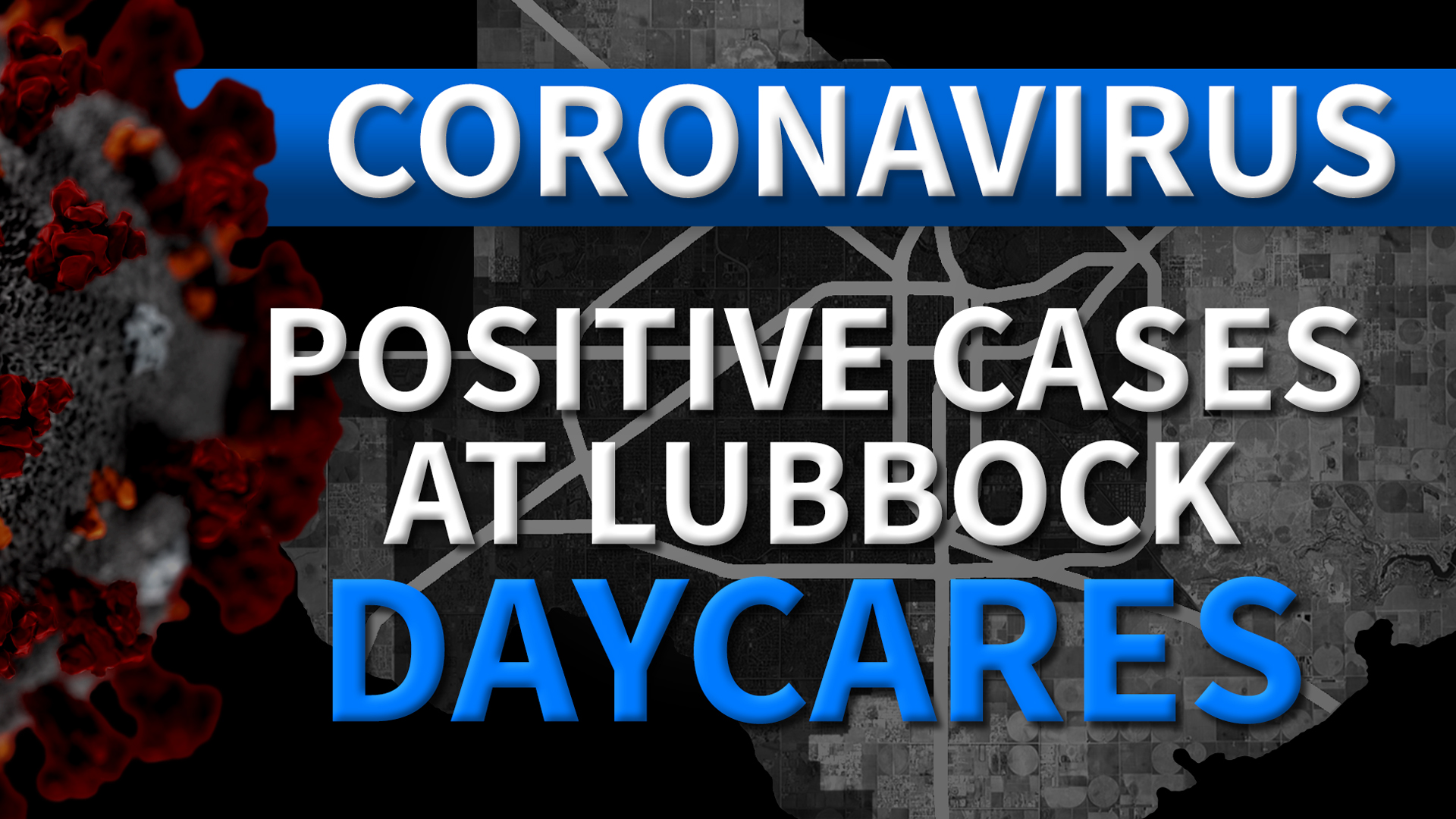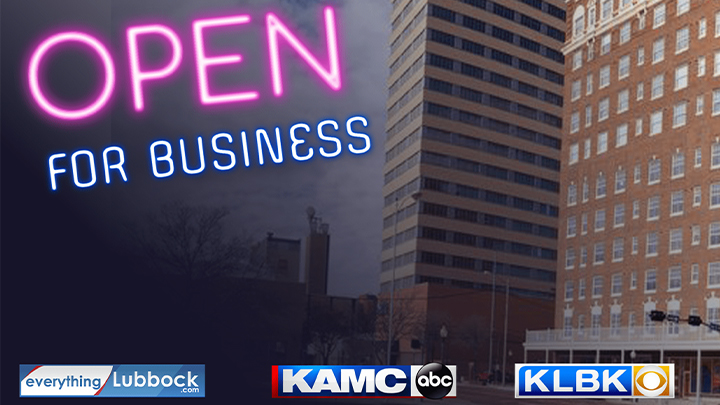A trip to the emergency room could soon become more expensive for some Texans. Starting June 4, the state’s largest health insurance provider, Blue Cross Blue Shield, is changing how it processes ER claims.
The company says the change is for BCBS’s fully insured group and retail HMO members. If you go to an out-of-network ER for something they determine wasn’t serious or for a life-threatening condition, the company says you may be responsible for the total cost.
According to BCBS, the review process for claims after June 4 will be the following:
- Request medical records and an itemized bill for the claim.
- BCBS will review each medical record and eliminate inappropriate charges. The member’s symptoms and concerns will be reviewed.
- Pend – not deny – claims during the review
- Review each claim using a multi-step process.
A BCBS spokesman said in Texas some members were using ER for things like head lice, thinking it’s more convenient.
According to a national study by RAND Corporation, about 13.7 to 27.1 percent of all emergency department visits could be taken care of at urgent care centers or clinics. They say that could lead to savings of approximately $4.4 billion annually.
The Texas Association of Health Plans released a separate report, analyzing costs at different types of facilities.
According to TAHP, if you have bronchitis, you could spend about $3,000 to receive treatment at an emergency room. But if you saw your doctor, the cost is reduced to $136. At an urgent care, they estimate you’d spend about $167.
But emergency medicine physicians worry the change will deter people from going to an emergency room when they really need it.
“As patient advocates, it’s our duty to speak out and stand up for the patients, especially the ones that are weak and vulnerable,” said Dr. Nicholas Steinour. “When you’re sick, when you’re injured, when you’re concerned, the last thing we want you to do is think about is the insurance company going to help me on this?”
As an example, Steinour talked to us about having a sore throat. If you go to an emergency room with a sore throat, and they determine it’s a respiratory infection, you’ll have to pay for your visit. But he said a sore throat can be a sign of more serious infections.
“Just as likely or potentially likely you could have a peritonsillar abscess or epiglottis that without a trained medical expert looking in your throat, doing the appropriate testing we’re not going to be able to safely exclude,” he said. Steinour explained those conditions, if left untreated, could block your airway.
“When the ambulance sirens are on there’s a reason for that,” he said. “There are many conditions where seconds, minutes, certainly hours, make a huge difference as far as outcomes go. The last thing we want you doing is stalling, calling an insurance company to ask is this OK. That to me is completely inappropriate and really irresponsible.”
Anand Raghunathan is a stroke survivor. He talked to KXAN about why seconds matter in emergency situations.
He said back in 2001, he was in his mid-20s. He was healthy. But he suffered a stroke. “My right side basically collapsed,” he said.
Raghunathan said his friends took him to an emergency room almost right away, and he doesn’t know what would’ve happened if he waited any longer to go seek medical attention. “Word finding, memory issues… That could’ve been a lot worse had I not gone.”
In six other states, Anthem has already rolled out its “avoidable emergency room policy.”
But there are some exceptions. That includes if a patient is sent by ambulance, when a patient is under the age of 15, lives more than 15 miles from urgent care or is seen on weekend nights or holidays.












